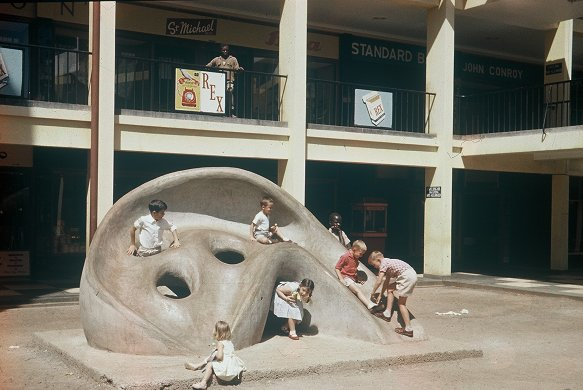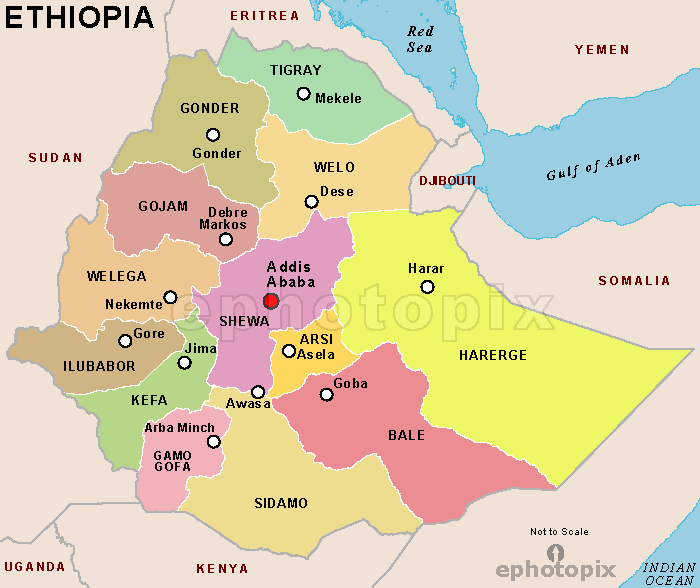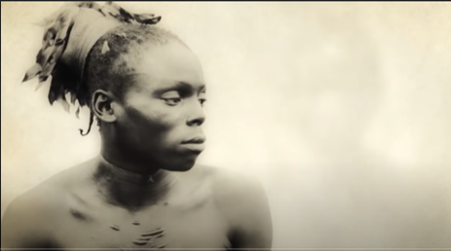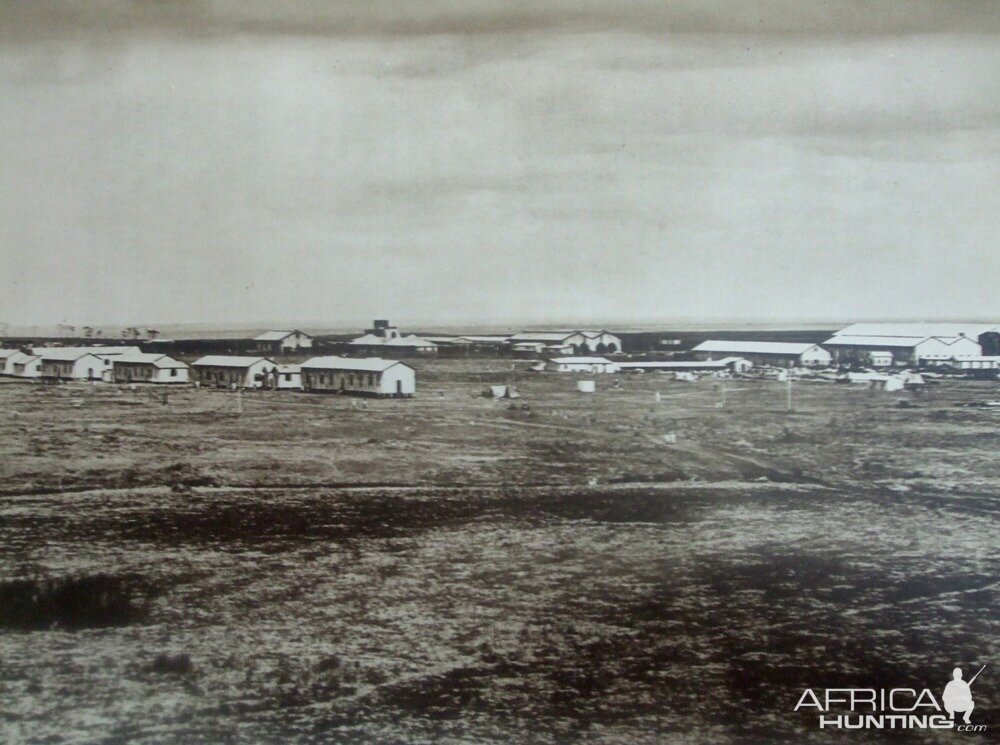In 1972, a shortage of meat forced the govt to license private abattoirs.
In short order, there was an influx of meat, much of which was of dodgy quality.
In 1973, the govt ordered that all meat transport vehicles bear a red stripe for identification.
1/
---a thread---
In short order, there was an influx of meat, much of which was of dodgy quality.
In 1973, the govt ordered that all meat transport vehicles bear a red stripe for identification.
1/
---a thread---

2/
It was about the same time that Mohammed Ali Motha, a butcher, and his business partner Abdul Habib Adam, founder of Adam's Arcade, came up with the idea of a Halal slaughterhouse in Ngong under Halal Meat Products Limited.
Adam died in 1974, leaving Halal to the Mothas.
It was about the same time that Mohammed Ali Motha, a butcher, and his business partner Abdul Habib Adam, founder of Adam's Arcade, came up with the idea of a Halal slaughterhouse in Ngong under Halal Meat Products Limited.
Adam died in 1974, leaving Halal to the Mothas.

3/
In 1974, Jeremiah Nyagah, the then Agriculture minister approved construction of an abattoir and inspection unit at a cost of Sh9.6mn.
The govt loaned £500,000 (±Sh7mn) but declined to take a stake, a decision that would later prove rather costly.
nation.africa/kenya/news/sh6…
In 1974, Jeremiah Nyagah, the then Agriculture minister approved construction of an abattoir and inspection unit at a cost of Sh9.6mn.
The govt loaned £500,000 (±Sh7mn) but declined to take a stake, a decision that would later prove rather costly.
nation.africa/kenya/news/sh6…
4/
In 1974, the Commissioner of Lands, James O’Loughlin, asked the Department of Veterinary Sciences to surrender 20 acres for the project.
The department resisted but later gave up 10 acres in Bulbul, Ngong.
Construction started towards the end of 1974 and took four years.
In 1974, the Commissioner of Lands, James O’Loughlin, asked the Department of Veterinary Sciences to surrender 20 acres for the project.
The department resisted but later gave up 10 acres in Bulbul, Ngong.
Construction started towards the end of 1974 and took four years.

5/
In the same year, O’Loughlin had forcibly transferred 3 plots of land from the then mayor of Nakuru, Dr Isaac Kirubi.
In an affidavit, Dr Kirubi claimed:
“He ordered me to surrender my rights to the land in favour of Mama Ngina but I refused”
nation.africa/kenya/news/doc…
In the same year, O’Loughlin had forcibly transferred 3 plots of land from the then mayor of Nakuru, Dr Isaac Kirubi.
In an affidavit, Dr Kirubi claimed:
“He ordered me to surrender my rights to the land in favour of Mama Ngina but I refused”
nation.africa/kenya/news/doc…
6/
In 1977, the Auditor General, DG Njoroge (below) noted that interest on the loan to Halal had not been paid per the loan agreement.
A site inspection later found Dept of Veterinary Science employees working at the Halal plant.
Halal also exported meat, a preserve of the KMC.
In 1977, the Auditor General, DG Njoroge (below) noted that interest on the loan to Halal had not been paid per the loan agreement.
A site inspection later found Dept of Veterinary Science employees working at the Halal plant.
Halal also exported meat, a preserve of the KMC.

7/
Several workers at the Halal facility were also former KMC employees and minister Jeremiah Nyagah believed that they were clandestinely using Halal to hijack the multimillion meat export business.
Corruption at KMC may have been long in the making.
Several workers at the Halal facility were also former KMC employees and minister Jeremiah Nyagah believed that they were clandestinely using Halal to hijack the multimillion meat export business.
Corruption at KMC may have been long in the making.

8/
In 1979, Mr Nyagah decided to deny Halal an export licence.
Halal eventually shut down for lack of access to the export market.
In 1984 Tourism minister Maina Wanjigi (father to Jimmi Wanjigi) pushed for re-opening of the abattoir to process game meat for export.
In 1979, Mr Nyagah decided to deny Halal an export licence.
Halal eventually shut down for lack of access to the export market.
In 1984 Tourism minister Maina Wanjigi (father to Jimmi Wanjigi) pushed for re-opening of the abattoir to process game meat for export.

9/
In June 1984, Pres Moi directed agric minister William Omamo (dad to CS Raychelle Omamo) to reopen the Halal abattoir.
He re-opened it, as a subsidiary of KMC.
In 1986 Motha sued the govt after a buyout deal fell through and in 1988, the govt resolved to hand the plant back.
In June 1984, Pres Moi directed agric minister William Omamo (dad to CS Raychelle Omamo) to reopen the Halal abattoir.
He re-opened it, as a subsidiary of KMC.
In 1986 Motha sued the govt after a buyout deal fell through and in 1988, the govt resolved to hand the plant back.

10/
Attempts to settle out of court failed as the parties could not agree on valuation of the abattoir with the govt offering Sh287mn and Halal claiming a Sh350mn valuation.
By 1996, the government had not handed back the facility and it was guarded by GSU officers.
Attempts to settle out of court failed as the parties could not agree on valuation of the abattoir with the govt offering Sh287mn and Halal claiming a Sh350mn valuation.
By 1996, the government had not handed back the facility and it was guarded by GSU officers.

11/
In 2005, High Court judge Jeanne Gacheche awarded Halal/Motha Sh1.8bn, but ordered that the Sh27mn loan be deducted from the award.
The Appeals Court affirmed in 2016.
The award had then grown to Sh5.7bn with the Sh27mn govt loan now worth Sh1.1bn.
businessdailyafrica.com/corporate/Meat…
In 2005, High Court judge Jeanne Gacheche awarded Halal/Motha Sh1.8bn, but ordered that the Sh27mn loan be deducted from the award.
The Appeals Court affirmed in 2016.
The award had then grown to Sh5.7bn with the Sh27mn govt loan now worth Sh1.1bn.
businessdailyafrica.com/corporate/Meat…
12/
In a project where the govt provided the capital, the land and the employees to run a private project, taxpayers in 2020 are on the hook for Sh4.6bn on yet another billion-shilling blunder made in the 1970s.
[Kenya National Assembly Official Record (Hansard) Mar 12, 1987]👇🏿
In a project where the govt provided the capital, the land and the employees to run a private project, taxpayers in 2020 are on the hook for Sh4.6bn on yet another billion-shilling blunder made in the 1970s.
[Kenya National Assembly Official Record (Hansard) Mar 12, 1987]👇🏿

13/
Which brings us right back to the early 70s when the licensing of private slaughterhouses led KMC to some hard times.
KMC was established in 1950 under the KMC Act, to purchase livestock and acquire, establish and operate abattoirs in the country.
nation.africa/kenya/news/how…
Which brings us right back to the early 70s when the licensing of private slaughterhouses led KMC to some hard times.
KMC was established in 1950 under the KMC Act, to purchase livestock and acquire, establish and operate abattoirs in the country.
nation.africa/kenya/news/how…
• • •
Missing some Tweet in this thread? You can try to
force a refresh

















